I am doing an assignment for an emarketing course and I am trying to create a numerology formula, for the mock website we created I need the numbers to behave in a strange manner, like so a should = 1 b = 2 c = 3 d = 4 e = 5 f = 6 g = 7 h = 8 i = 9 but then j = 1 k = 2 l = 3 m = 4 n = 5 o = 6 p = 7 q = 8 r = 9 and then back again s = 1 t = 2Coffee or not, this is not a discussion i can enter ) howeveri am adhering to the 1234 up to $1300 by the end of the year it's not all that difficult and i like the way i've stretched a bit from week 1 and its $1 to this week, which is about $15 bitFor instance, to pull the 2 nd word from the string in , use this formula =TRIM(MID(SUBSTITUTE(," ",REPT(" ",LEN())), (21)*LEN()1, LEN())) Or, you can input the number of the word to extract (N) in some cell and reference
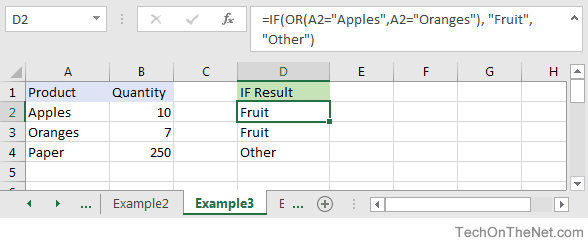
Ms Excel How To Use The If Function Ws
1+2+3+4+5+6+n formula excel
1+2+3+4+5+6+n formula excel-Start – The start value (Ex 1) End – The end value (Ex 10) Step Value – Allows you to count every n integers instead of every 1 integer You can also go in reverse with a negative value (ex Step 1) Do Something – The code that will repeat;For example, the following formula produces 11 because Excel for the web performs multiplication before addition The formula multiplies 2 by 3 and then adds 5 to the result =52*3 In contrast, if you use parentheses to change the syntax, Excel for the web adds 5 and 2 together and then multiplies the result by 3 to produce 21 =(52)*3
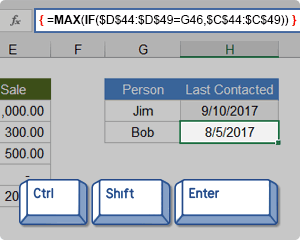



Excel Array Formula Examples Simple To Advanced
Question I have been looking at your Excel IF, AND and OR sections and found this very helpful, however I cannot find the right way to write a formula to express if C2 is either 1,2,3,4,5,6,7,8,9 and F2 is F and F3 is either D,F,B,L,R,C then give a value of 1 if not then 0 I have tried many formulas but just can't get it right, can you help What a big sum!1/21/54/51 2/3 The calculator performs basic and advanced operations with fractions, expressions with fractions combined with integers, decimals, and mixed numbers It also shows detailed stepbystep information about the fraction calculation procedure Solve problems with two, three, or more fractions and numbers in one expression
1 Start a New Work book 2 In Cell A1 enter the value 10 (and press Enter) 3 Then in Cell B1 enter the following formula =IF(A1 > 5,"BIGGER THAN 5","LESS THAN 5") 4 The screen should look like this now 5 If you've entered the formula correctly, you will see the message "Bigger than 5" appear in cell B1 6 Hey PaulF, sorry, i'm dumb Try understand my new exemple I need this result 11 chandoo VBA 12 chandoo Formula 13 chandoo Pivot Table 14 chandoo ChartNext Counter – Closing statement to the For Next Loop You can include the Counter or not
The $ sign causes the cell column or row or both in a formula to be fixed That is, if you drag the formula cell horizontally or vertically in order to copy the formula, Excel will not adjust this value For exampleN is the number of word to be extracted;First of all, math\displaystyle \zeta(1)=\frac{1}{12}/math and not math\displaystyle 1234\cdots = \frac{1}{12}/math However to avoid confusion, I'll



1
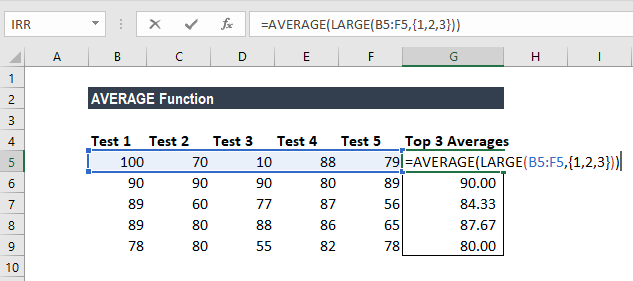



Average Function How To Calculate Average In Excel
Transcript Ex 94, 1 Find the sum to n terms of the series 1 2 2 3 3 4 4 5 Step 1 Find nth term (an) Here, an = n ( n 1) = n2 n Step 2 Finding sum of nNow, D 1 = 1 * (n 1) / 10 th data = 1 * (23 1) / 10 = 24 th data ie between digit no 2 and 3 which is = 24 04 * (27 – 24) = 252 Again, D 2 = 2 * (23 1) / 10 th data = 48 th data ie between digit no 4 and 5 which is = 30 08 * (32 – 30) = 316 Again, D 3 = 3 * (23 1) / 10 th data = 72 th data ie between digit no sorry if i wasnt clear, im asking for an excel formula ) – bobbyjones Jan 7 '14 at 236 use IFNA Function for Excel 16, Excel 13, Excel 16 for Mac, Excel for Mac 11, Excel Online, Excel for iPad, Excel for iPhone, Excel for Android tablets, Excel Mobile,




Excel Array Formula Series 5 Sum 3 Largest Values Youtube
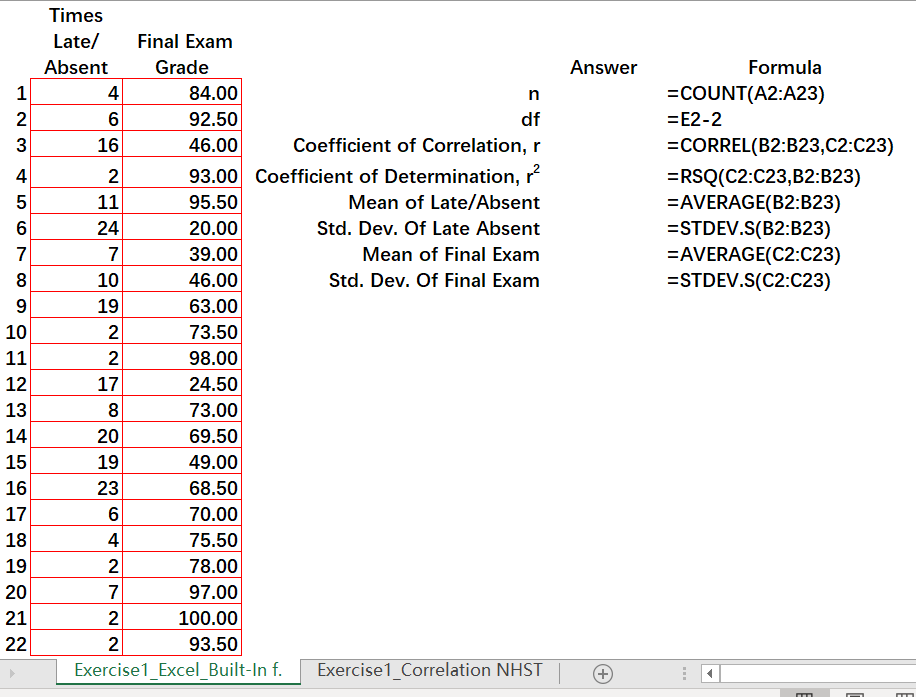



Solved Question 3 Using Excel Conduct A Nhst To Determi Chegg Com
I am looking for a formula to which I can supply a number N and have it calculate 1234N I realise that I can enter 1 to N in as many cells then use SUM but this won't do for what I need to achieveType a value in the next cell to establish a pattern Tip For example, if you want the series 1, 2, 3, 4, 5, type 1 and 2 in the first two cells If you want the series 2, 4, 6, 8, type 2 and 4 Select the cells that contain the starting values I want to generate a formula for saving a number to a particular bit column, my table has 9 columns 1,2,3,4,5,6,7,8,9,0 if user input value it should be save in bit 2 column, if user enter value 75 in cell it should be save to column no 7




Extract Numbers From A String In Excel Using Formulas Or Vba
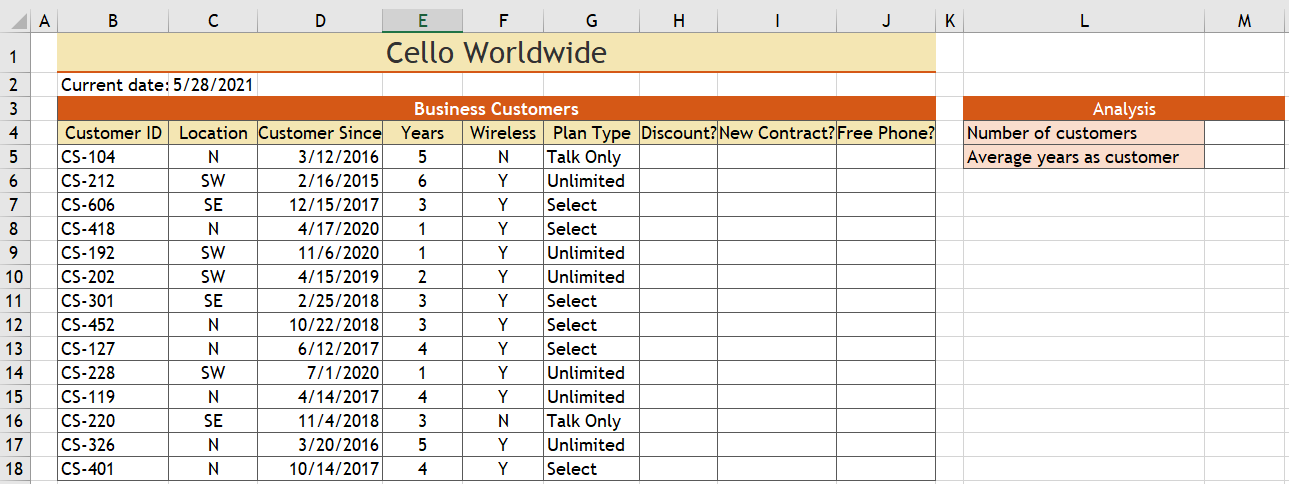



I Have Some Excel Homework That I Have Not Been Able Chegg Com
That's the same as the even formula, except each number is 1 less than its counterpart (we have 1 instead of 2, 3 instead ofEnd = start * (1 CAGR) n end/start = (1 CAGR) n (end/start) 1/n = (1 CAGR) CAGR = (end/start) 1/n 1 4 The CAGR formula below does the trick Note in other words, to calculate the CAGR of an investment in Excel, divide the value of the investment at the end by the value of the investment at the start Next, raise this result to theNotice that it can also display mixed fractions, such as 2 3/4 (two and threefourths) If you select any these cells, you'll see that Excel is actually treating the value like a decimal number in the formula bar—the fraction number format just changes the way the value is displayed in the spreadsheet For example, 2 3/4 is the same as 275
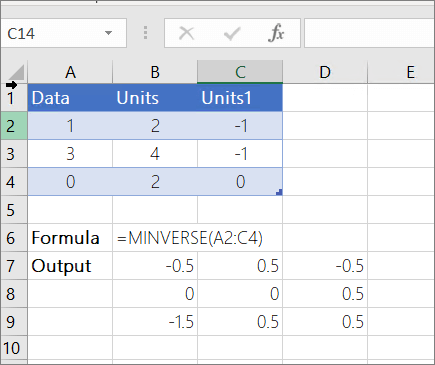



Minverse Function Office Support
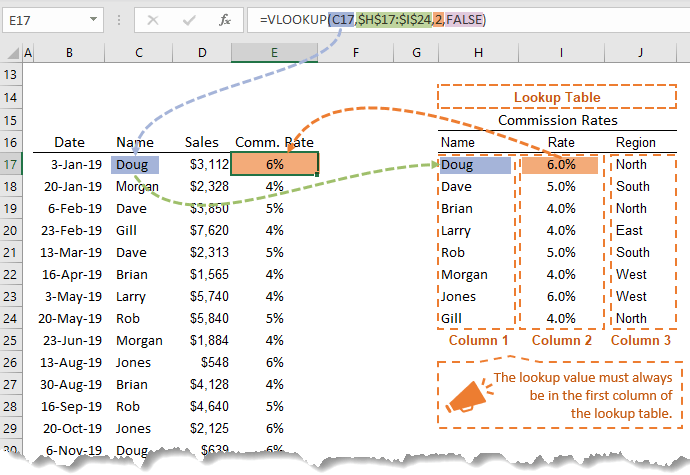



Excel Vlookup Formulas Explained My Online Training Hub
For example, if you type the formula =510 in a cell, Excel displays 15 as the result Subtract the values in a cell by using a simple formula Do this by using the minus sign () arithmetic operator For example, the formula =129 displays a result of 3Enter this formula into a blank cell, =SUM(LARGE(A1D10,{1,2,3})), and then press Ctrl Shift Enter keys to get your result This formula will become unwieldy as n gets larger For example, to sum the top values in a range, a formula must contain a list of integers from 1 toThe partial sums of the series 1 2 3 4 5 6 ⋯ are 1, 3, 6, 10, 15, etcThe nth partial sum is given by a simple formula = = () This equation was known




4 Ways To Use Summation Formulas In Microsoft Excel Wikihow




How To Sum All Digits In A Number In Excel
Get an answer for '`1/(2*3) , 1/(3*4), 1/(4*5), 1/(5*6) 1/((n 1)(n 2))` Use mathematical induction to find a formula for the sum of the first n financial calculator, use the basic formula for future value along with the given interest rate, r, and the number of periods, n, to calculate the future value of $1 in each of the cases shown in the following table Case Interest rate, r Number of periods, n A 12% 2 B 6 3 C 9 2 D 3 4 P5–3 Future value You have $100 to invest Where String is the original text string from which you want to extract the desired word;
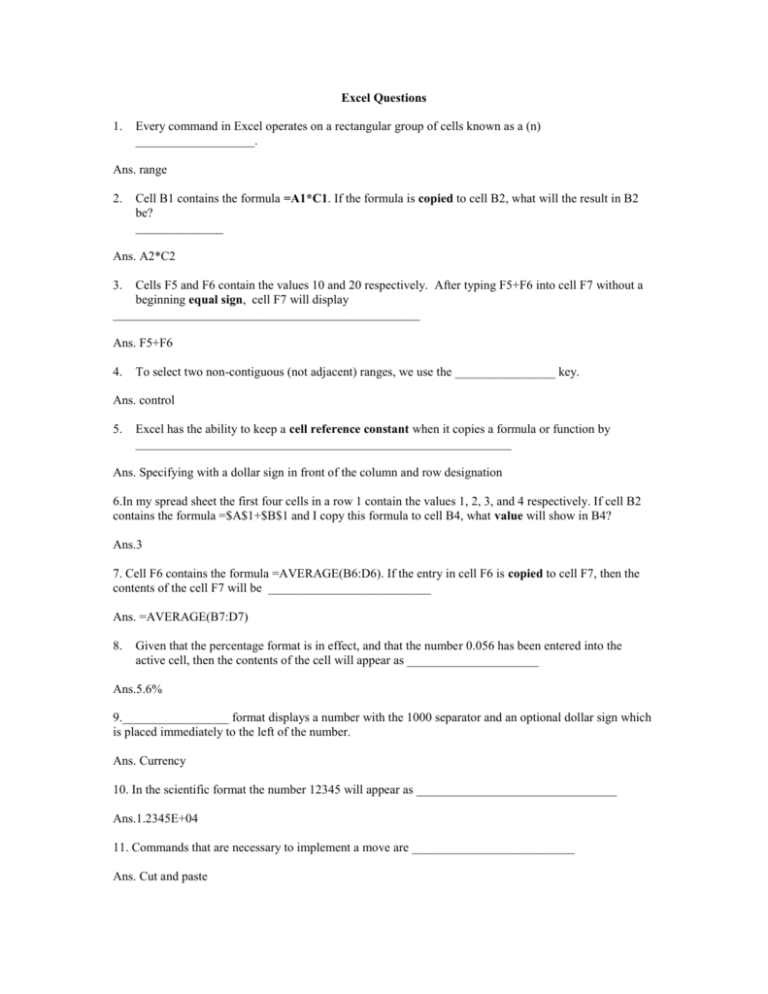



Excel Question Bank
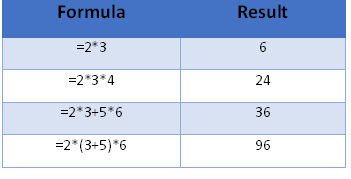



3 Ways To Multiply In Excel Pryor Learning Solutions
Which returns an array like {1;2;3;4;5} Note when entered in a single cell, Excel will display only the first item in the array Use F9 in the formula bar to see the actual array result Normally, you will use this formula inside a larger array formula, entered with control shift enterTo remove the last n characters from a text string, you can use a formula based on the LEFT and LEN functions You can use a formula like this to strip the last 3 characters, last 5 characters of a value, starting on the left In the example shown, the formula in E6 is =1Fluoro2,5bis(E)3carboxy4hydroxystyrylbenzene solution, 3,3′(2Fluoro1,4phenylene)di(1E)2,1ethenediylbis6hydroxybenzoic acid solution
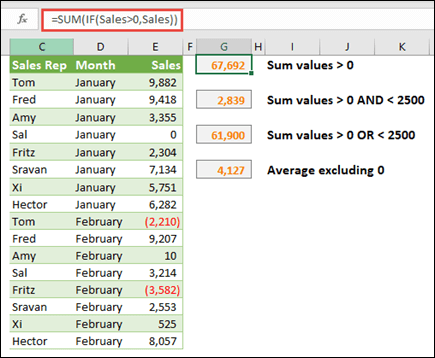



Guidelines And Examples Of Array Formulas Office Support
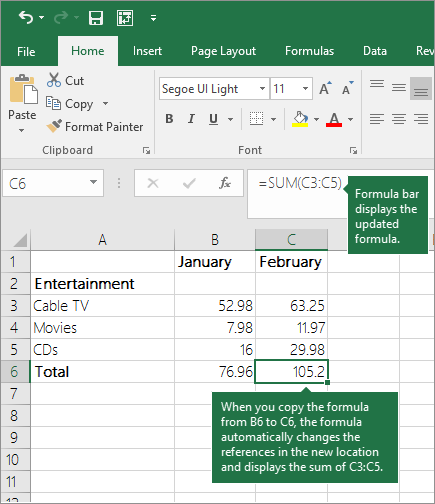



Use Excel As Your Calculator Excel
Suppose i have the data in Column M1,2,3,4,5,6,7,8,9,10 and i wanted to put the offset in M1>A1, M2>B1, M3>C1 Reply To post as a guest, your comment is unpublishedNo idea how to do math notation here but I tried to make this as simple to follow as possible Knowing how to do the derivation is more useful than the actual formula but the formula is there at the end Sum(from K = 1 to N) of K = Total(N) = T(N)Plugging in the above values we get (125 / 100)^ (1/2) 1 for a CAGR of 118% Despite the fact that the stock's price increased at different rates each year, its overall growth rate can be




Excel N Formula In Excel Youtube




Excel Sumif And Sumifs Formulas Explained My Online Training Hub
I am not an Excel wizard, and my math skills are rusty, but any help with doing the following would be much appreciated A formula that only accepts whole numbers (0,1,2,) from a specified cell It then needs to output n(n1)(n2)(nx) where x is 1 less than n For instance if n=7 the output should be = 28 or if n=10 then it should output 55 and so on Excel has no standard function that will sum every nth cell or row However, you can accomplish this in a number of different ways All these approaches use the ROW function and the MOD function The ROW function returns the row number of a single cell reference ROW(reference) The MOD function returns the remainder after number is divided by divisorSum of n, n², or n³ n n are positive integers Each of these series can be calculated through a closedform formula The case 5050 5050 5050 ∑ k = 1 n k = n ( n 1) 2 ∑ k = 1 n k 2 = n ( n 1) ( 2 n 1) 6 ∑ k = 1 n k 3 = n 2 ( n 1) 2 4
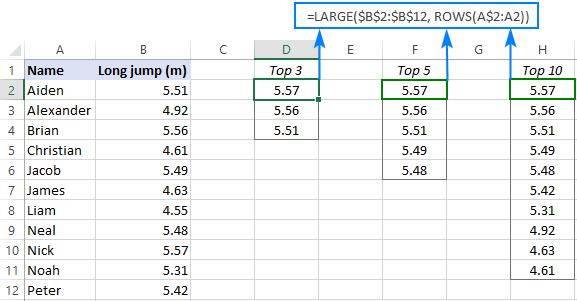



Excel Formula To Find Top 3 5 10 Values In Column Or Row




Excel Formula Arrays Repeating Value When Single Value Returned Microsoft Community
We will explore the main part of this formula that gets the position of first number found and that is MIN (SEARCH({0,1,2,3,4,5,6,7,8,9}, String &"") The SEARCH function returns the position of a text in string The workbook works in Excel 07 on my laptop but I downloaded the workbook to Google Sheets and Google Sheets does not like this formula {=DaysAndWeeksDATE(CalendarYear,1,1)WEEKDAY(DATE(CalendarYear,1,1),(WeekStart="Mo")1)1} There is no hidden sheet nor are Transcript Prove 1 2 3 n = (n(n1))/2 for n, n is a natural number Step 1 Let P(n) (the given statement)\ Let P(n) 1 2 3 n = (n(n1))/2 Step
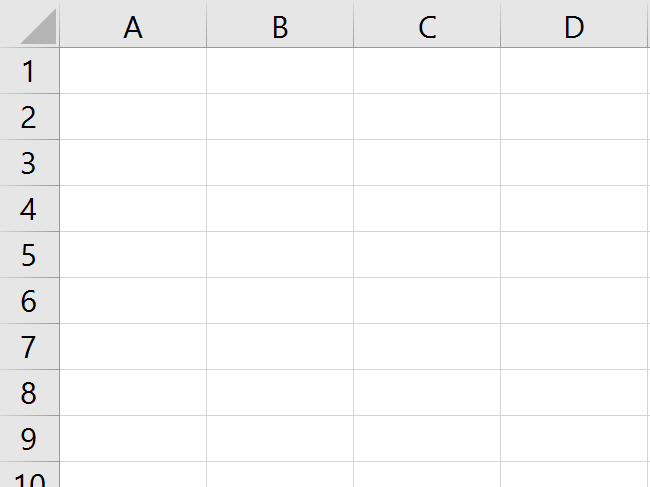



Create Number Series




Solved If You Could Please Provide A Screenshot Of The Ex Chegg Com
Sum of 2 4 6 n = 2 * (1 2 3 n/2) = 2 * n/2 * (n/2 1) / 2 = n/2 * (n/2 1) So, to get the evens from 2 to 50 you'd do 25 * (25 1) = 650 How about odd numbers, like 1 3 5 7 n? Hi all, In column A I have Rank and in Column B I have Departments I want my Rank column to go from 1 2 3 4 5 etc until the Department changes and then it resetsThis is one of those questions that have dozens of proofs because of their utility and instructional use I present my two favorite proofs one because of its simplicity, and one because I came up with it on my own (that is, before seeing others do it it's known)




Ms Excel How To Use The If Function Ws




1234n Formula
The Excel compound interest formula in cell B4 of the above spreadsheet on the right once again calculates the future value of $100, invested for 5 years with an annual interest rate of 4% However, in this example, the interest is paid monthly This formula returns the result Ie the future value of the investment (rounded to 2 decimal places) is $ lovin' the math wari'd have thrown in the white towel of surrender already!The idea becomes clearer by considering the general series 1 − 2x 3x 2 − 4x 3 5x 4 − 6x 5 &c that arises while expanding the expression 1 ⁄ (1x) 2, which this series is




How To Quickly Sum Every Other Or Nth Row Column In Excel




Excel Formula Sum Top N Values Exceljet
When you type 1 and grab the Fill Handle, Excel gives you 1, 1, 1, Many people say to enter the 1 and the 2, select them both, then drag the Fill Handle Here is a faster way The secret trick is to hold down Ctrl while dragging Hold down Ctrl and hover over the fill handle Instead of the normal icon of a plus sign, you will see a plusHi, This could possibly be completed with a vba event, or a user defined formula I'm happy to give it a shot, but can you confirm whether you enter the info in one cell (eg "" in cell ) and also where would you like the sequential numbers to go (eg a in cell
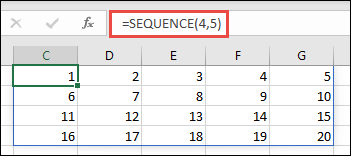



Sequence Function Office Support
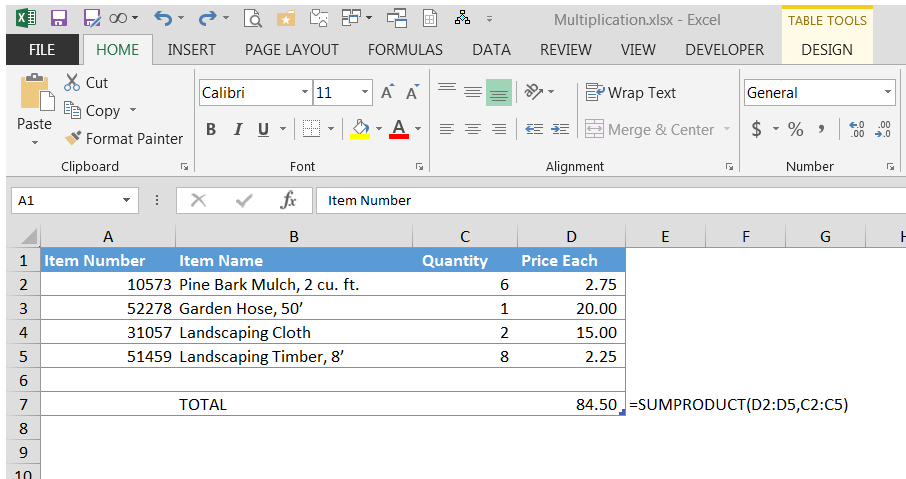



3 Ways To Multiply In Excel Pryor Learning Solutions
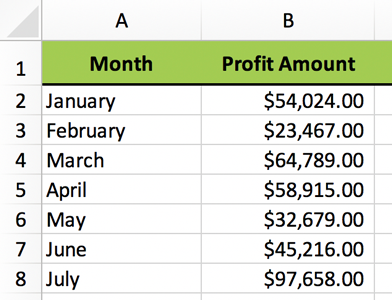



Excel Formulas Simple Formulas




Utube Maps Remote Learning 5 Pts Question 19 A S D Chegg Com
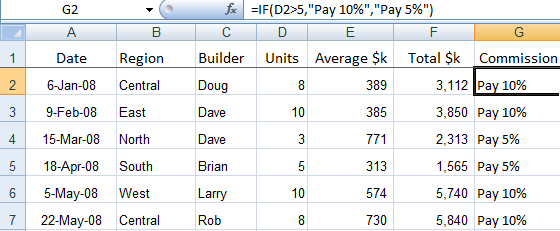



How To Write Excel If Function Statements
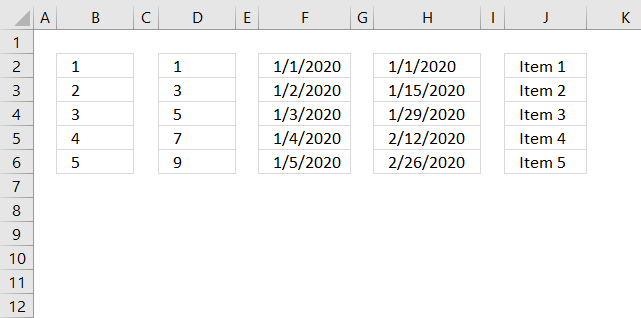



Create Number Series
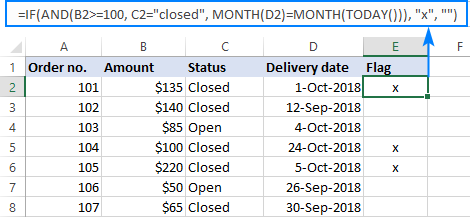



If And In Excel Nested Formula Multiple Statements And More
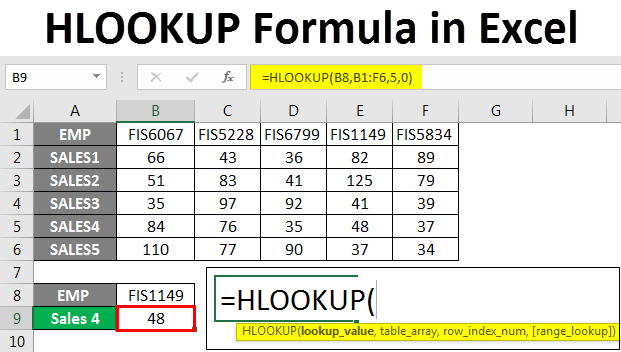



Hlookup Formula In Excel How To Use Hlookup Formula In Excel
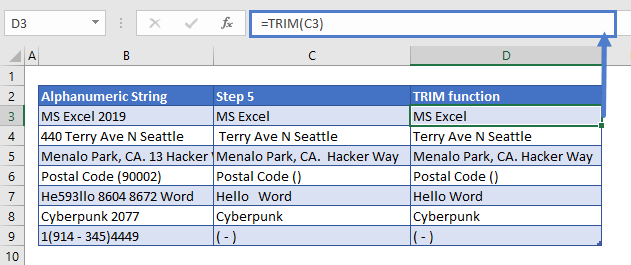



Remove Numbers From Text In Excel Google Sheets Automate Excel
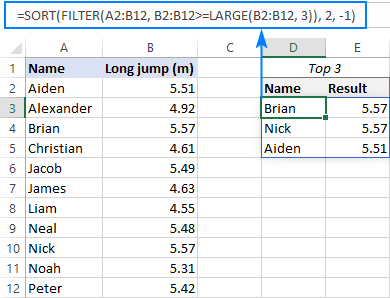



Excel Formula To Find Top 3 5 10 Values In Column Or Row
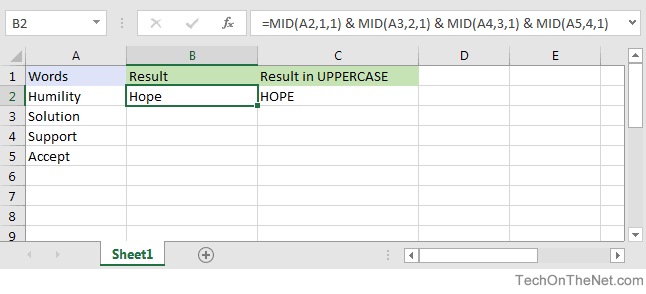



Ms Excel How To Extract 1st 2nd 3rd 4th Letters From Words




What Is The Sumproduct Formula In Excel And When Should You Use It Magoosh Excel Blog
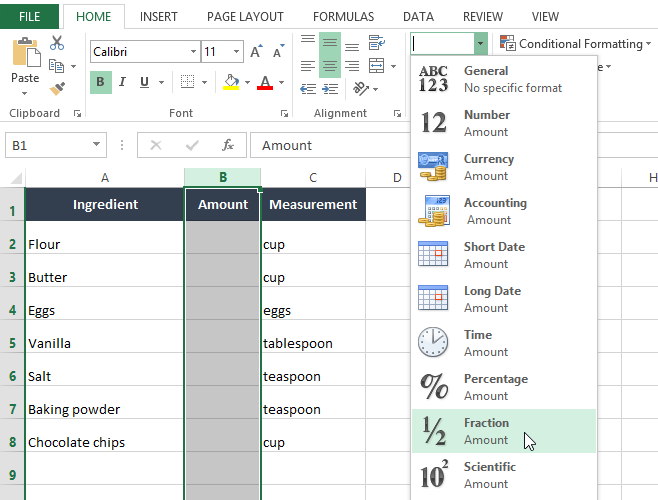



Excel Tips How To Use Fractions In Excel



Python Challenges 1 Exercises Practice Solution W3resource



1




Excel Formulas Functions Learn With Basic Examples
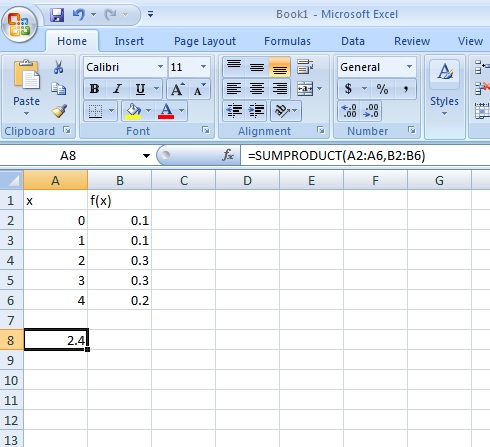



Expected Value In Statistics Definition And Calculations
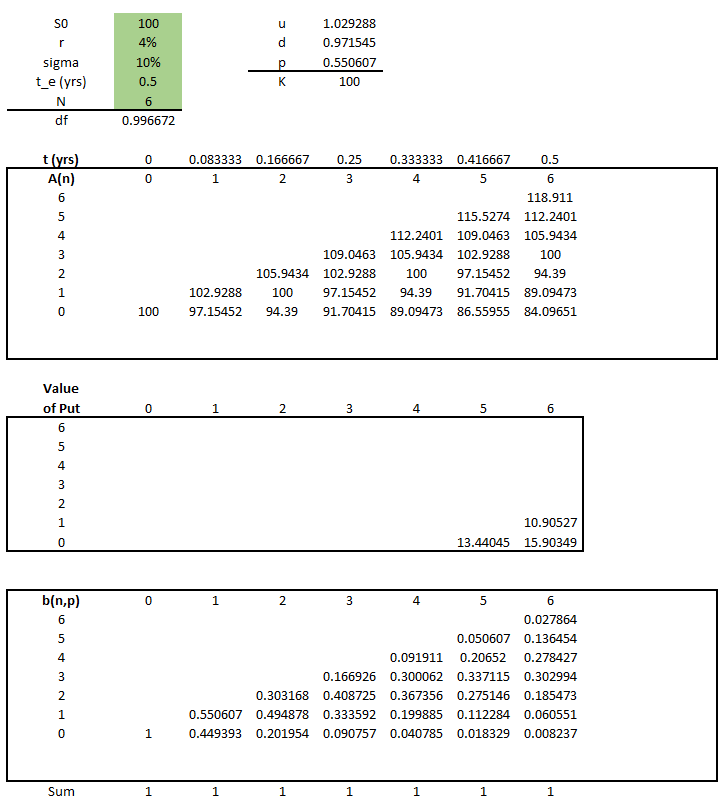



Please Answer All Parts A C And Label Them I Chegg Com
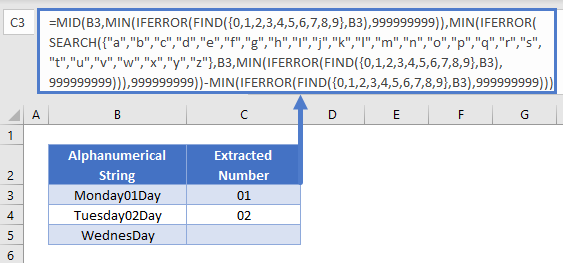



Find And Extract Number From String Excel Google Sheets Automate Excel
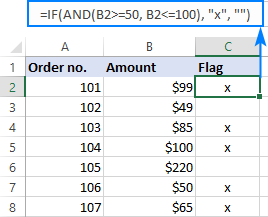



If And In Excel Nested Formula Multiple Statements And More
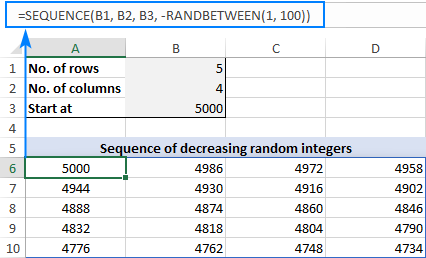



Sequence Function In Excel Auto Generate Number Series
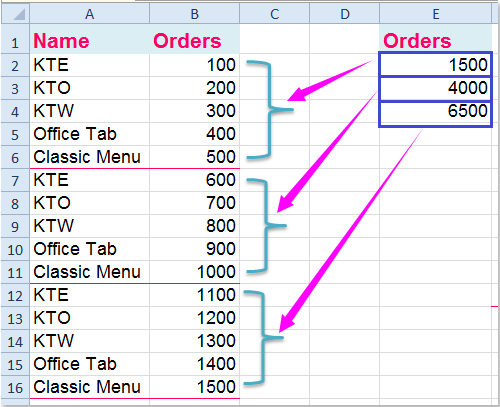



How To Sum Every N Rows Down In Excel
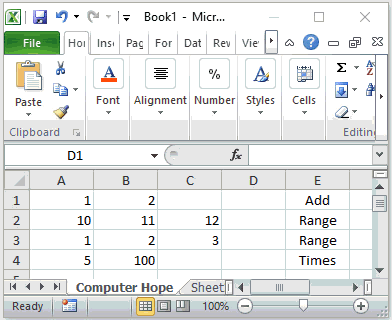



Help Examples And Information On Excel Formulas




Excel Formulas Functions Learn With Basic Examples
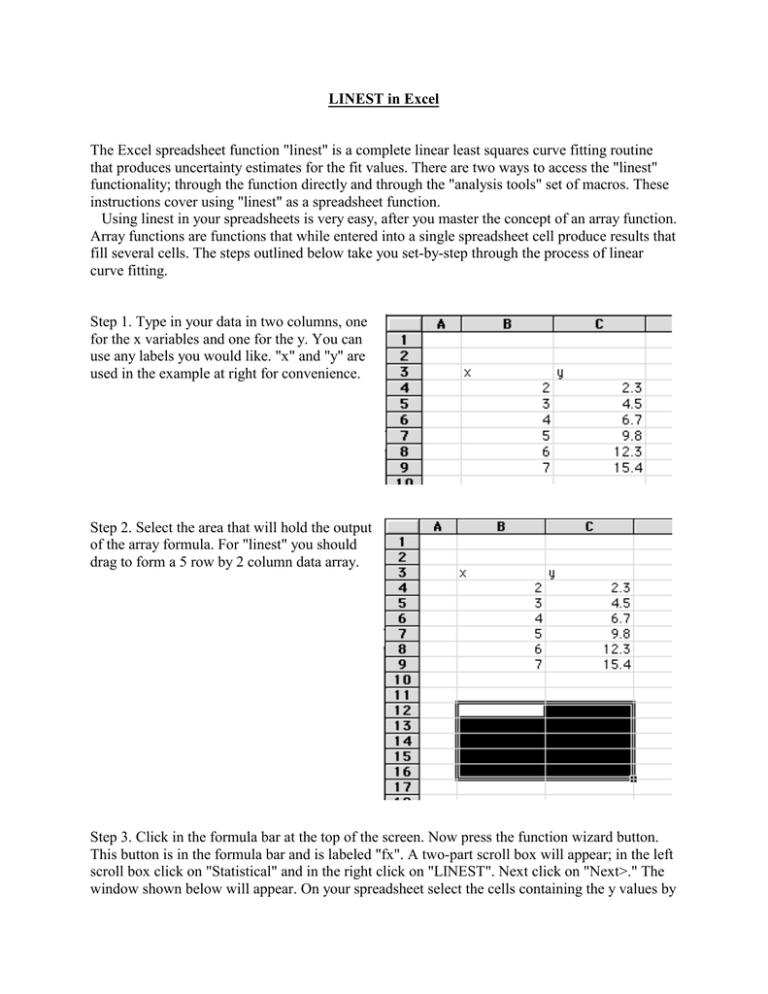



Linest In Excel The Excel Spreadsheet Function Linest Is A




How To Quickly Sum Every Other Or Nth Row Column In Excel
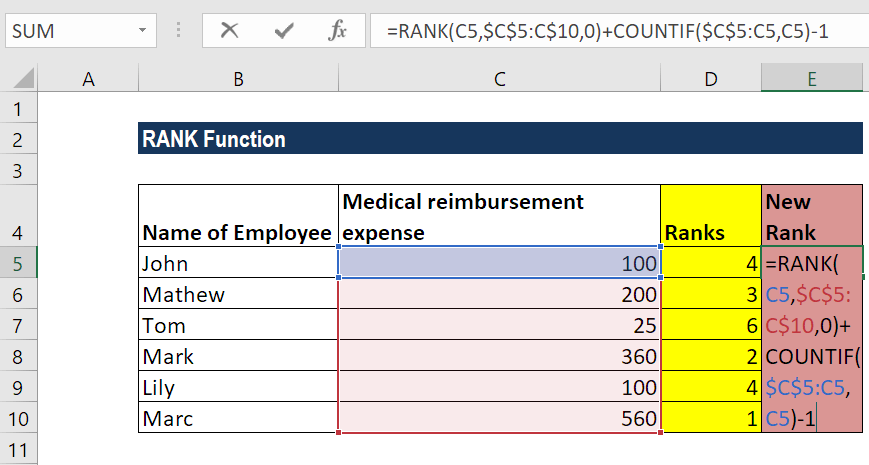



Rank Function Formula Examples How To Use Rank In Excel




How To Use The Mode Function Of Microsoft Excel
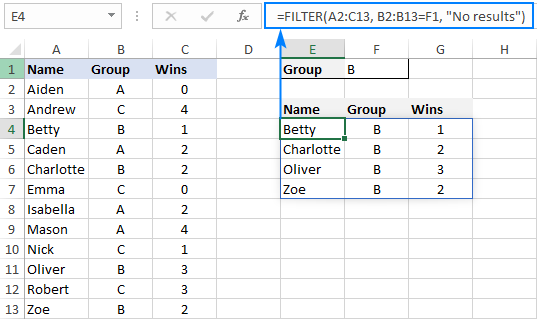



Excel Filter Function Dynamic Filtering With Formulas
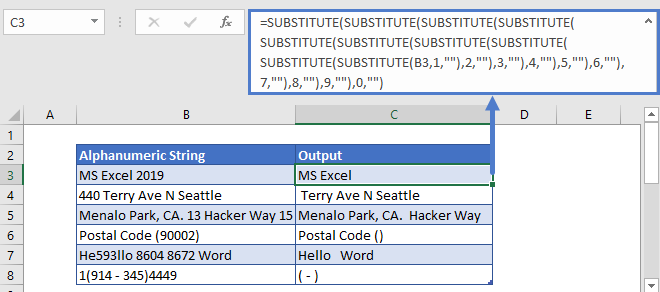



Remove Numbers From Text In Excel Google Sheets Automate Excel
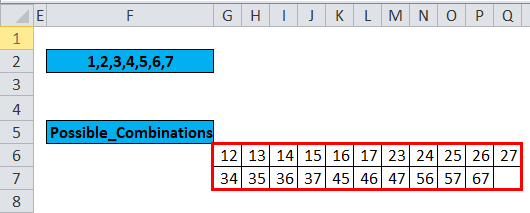



Combin In Excel Formula Examples How To Use Combin Function
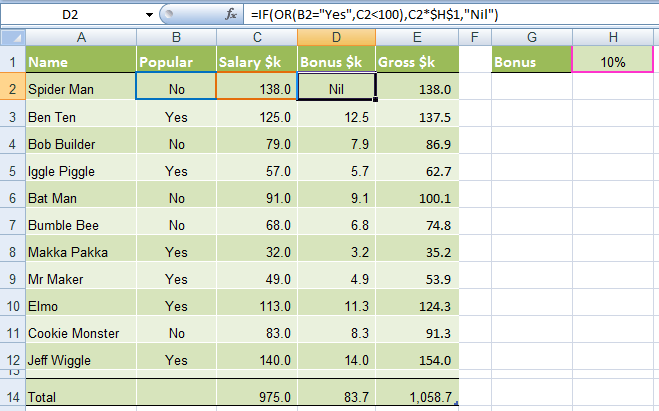



Excel If And Or Functions Explained My Online Training Hub




How To Use The Excel Sequence Function Exceljet




Nppcuumudz4bwm
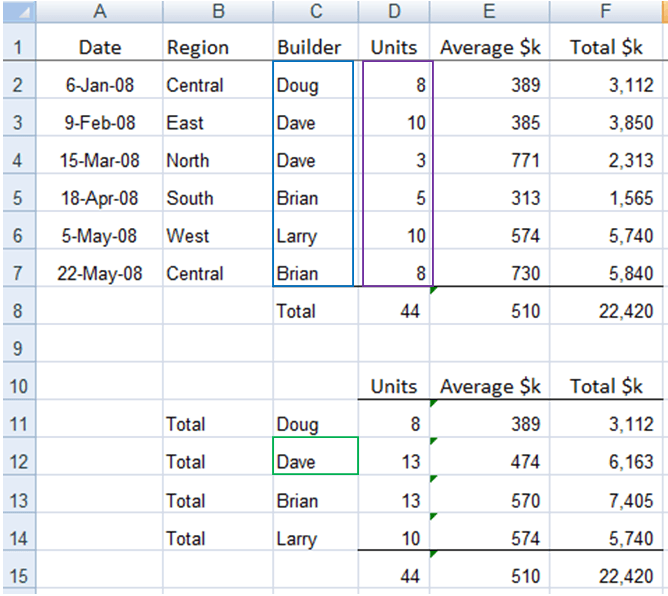



Excel Sumif And Sumifs Formulas Explained My Online Training Hub




Excel Array Formula Examples Simple To Advanced
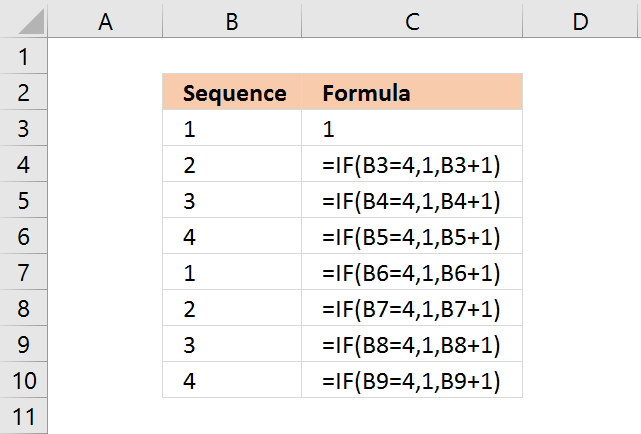



Create Number Series
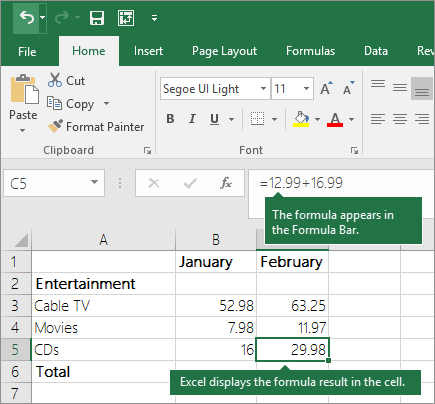



Use Excel As Your Calculator Excel




Ms Excel How To Use The If Function Ws




Excel Formulas Simple Formulas



1




Tuwawmtukb2s M




4 Ways To Use Summation Formulas In Microsoft Excel Wikihow
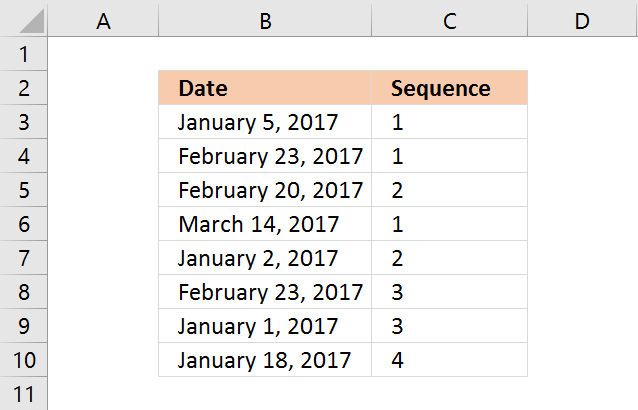



Create Number Series
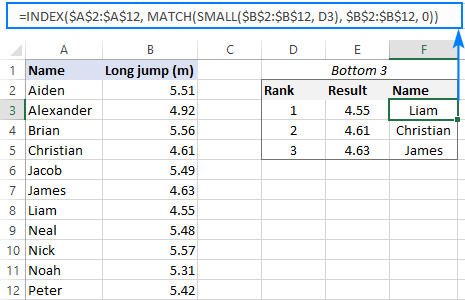



Excel Formula To Find Top 3 5 10 Values In Column Or Row




How To Find Position Of First Last Number In A Text String In Excel
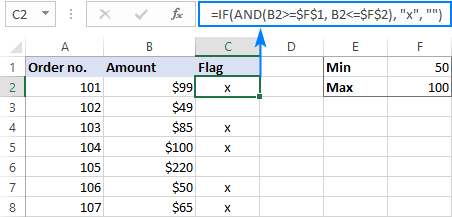



If And In Excel Nested Formula Multiple Statements And More
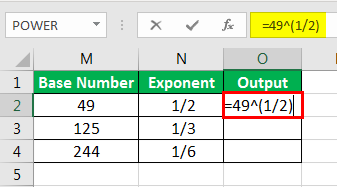



Exponents In Excel How To Use Exponents In Excel 2 Methods




Excel Formula Average Top 3 Scores Exceljet




How To Select The Highest Or Lowest Value In Excel




Excel Formula Create Array Of Numbers Exceljet
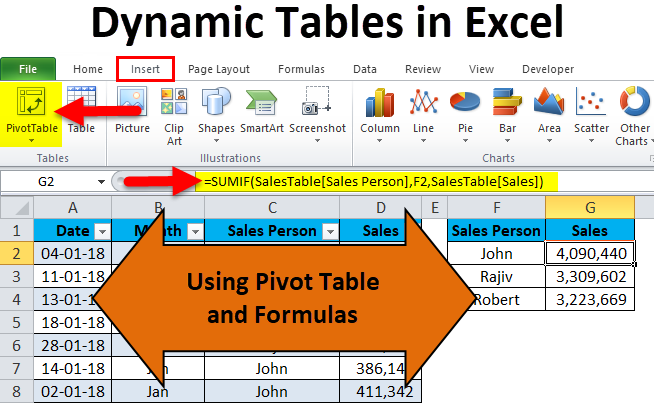



Dynamic Tables In Excel Using Pivot Table And Formulas
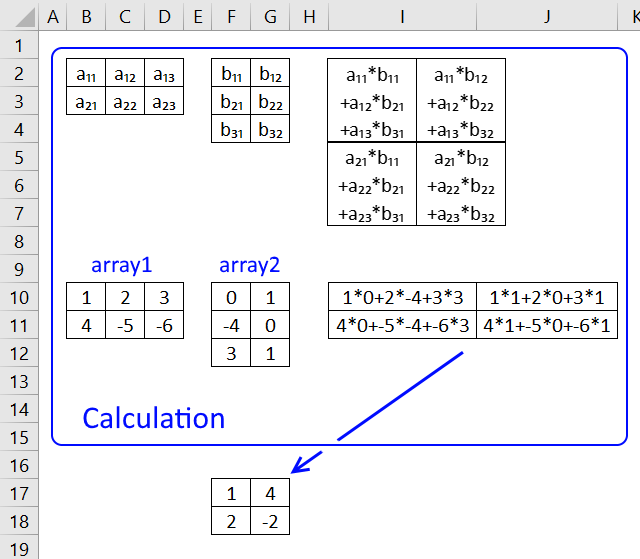



How To Use The Sequence Function
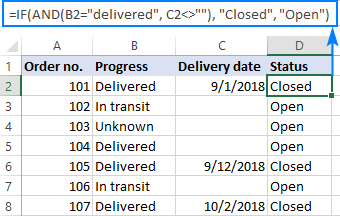



If And In Excel Nested Formula Multiple Statements And More




How Would You Sum A Series From N 1 To Say N In Excel Quora




How To Sum Top 3 Or N Values Based On Criteria In Excel




Excel Formulas Functions Learn With Basic Examples



Let Function Xl N Cad




Calculating Moving Average In Excel Simple Weighted Exponential




Excel If And Or Functions Explained My Online Training Hub
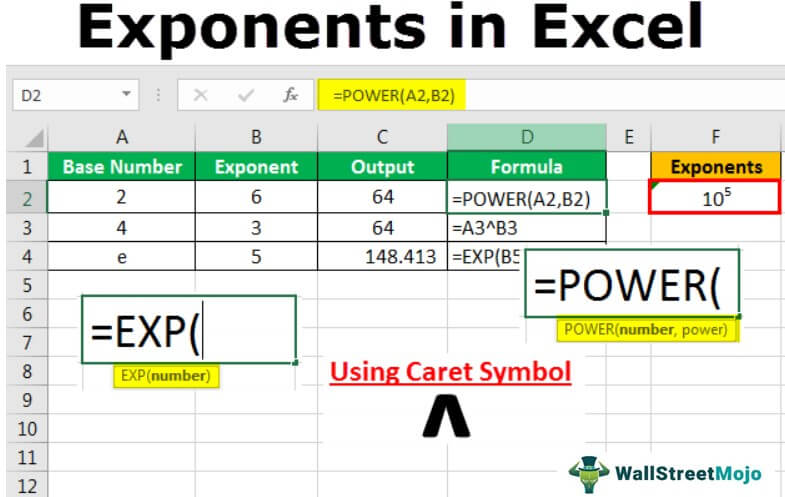



Exponents In Excel How To Use Exponents In Excel 2 Methods
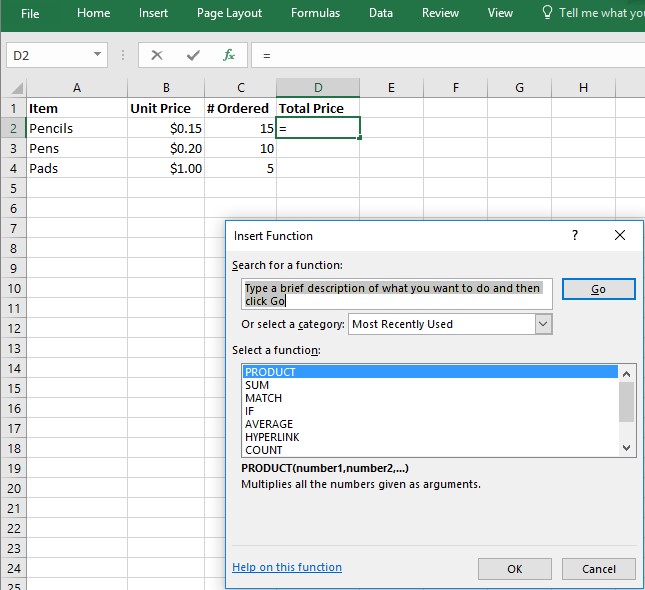



Formulas Microsoft Excel Basics Research Guides At Mcphs University



1
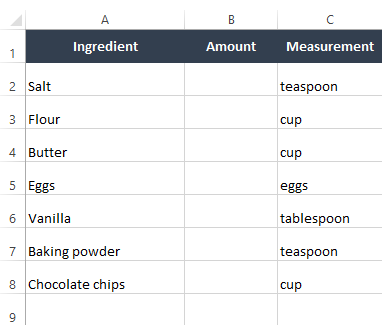



Excel Tips How To Use Fractions In Excel




Excel Determine Parity Of Permutation Stack Overflow




Excel Formulas For Sequential Numbers 1 1 1 2 2 2 Or 1 2 3 1 2 3 Number Incrementors Emt 1722 Youtube
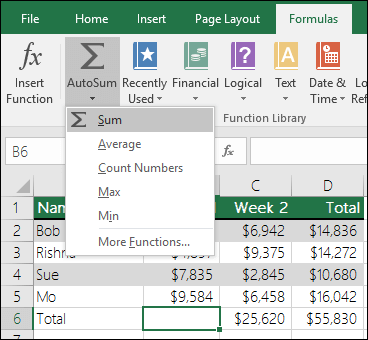



Use Excel As Your Calculator Excel
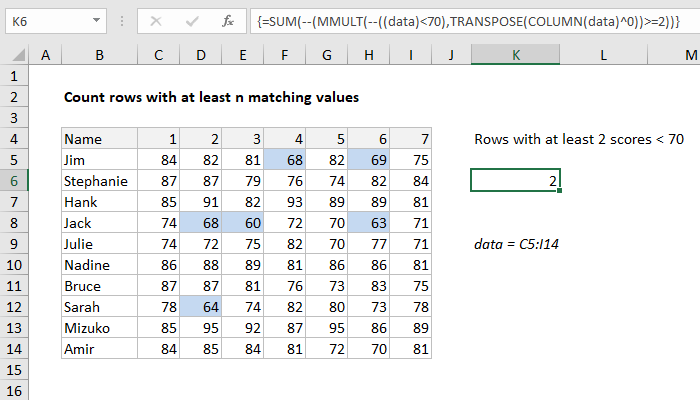



n Formula Excel




3 Ways To Multiply In Excel Pryor Learning Solutions




Formula 1 2 3 4



How To Hide The Entire Text From Excel And Copy The Extracted Numbers To Another Excel Sheet Quora
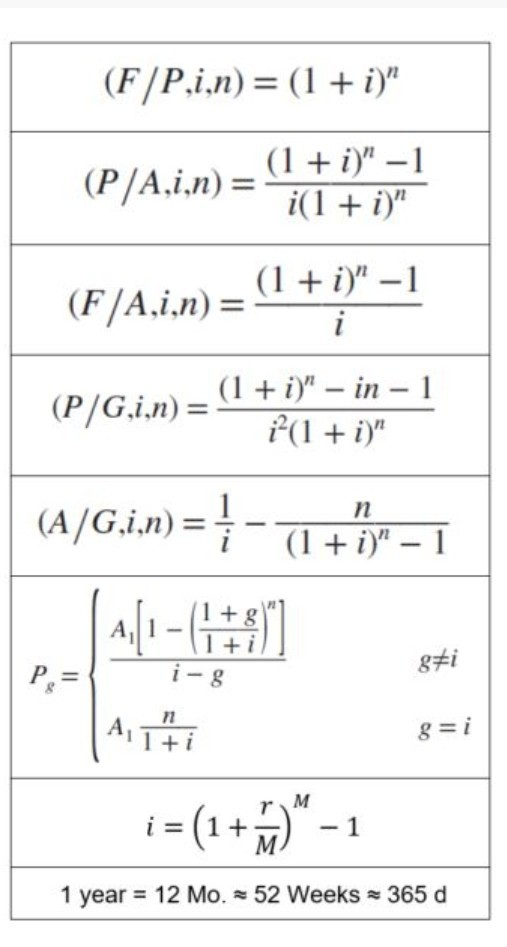



Solved 3000 3000 3000 3000 3000 2250 16 1266 949 712 53 Chegg Com
:max_bytes(150000):strip_icc()/RankingFormulas-5bd24d0fc9e77c0051071d26.jpg)



Rank Numbers By Numerical Value With Excel S Rank Function



Sum Every Nth Column In Excel July 17 21 Excel Office
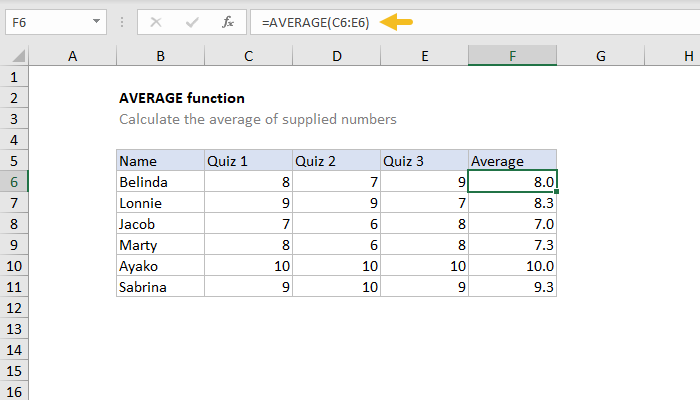



How To Use The Excel Average Function Exceljet
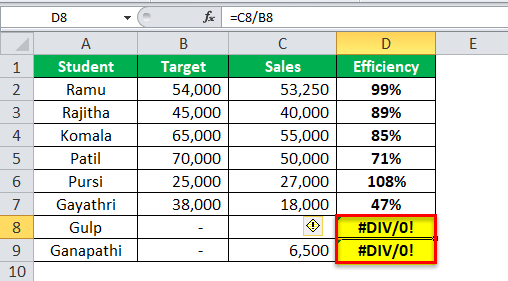



How To Calculate Percentage In Excel Using Formulas
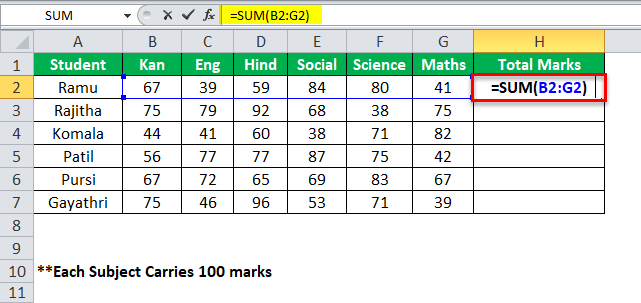



How To Calculate Percentage In Excel Using Formulas
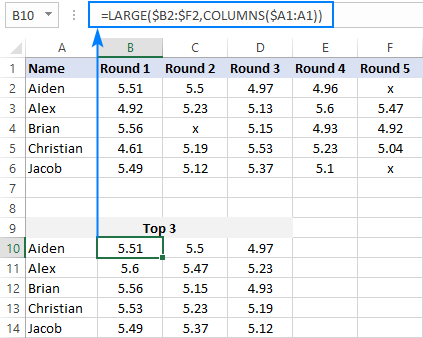



Excel Formula To Find Top 3 5 10 Values In Column Or Row
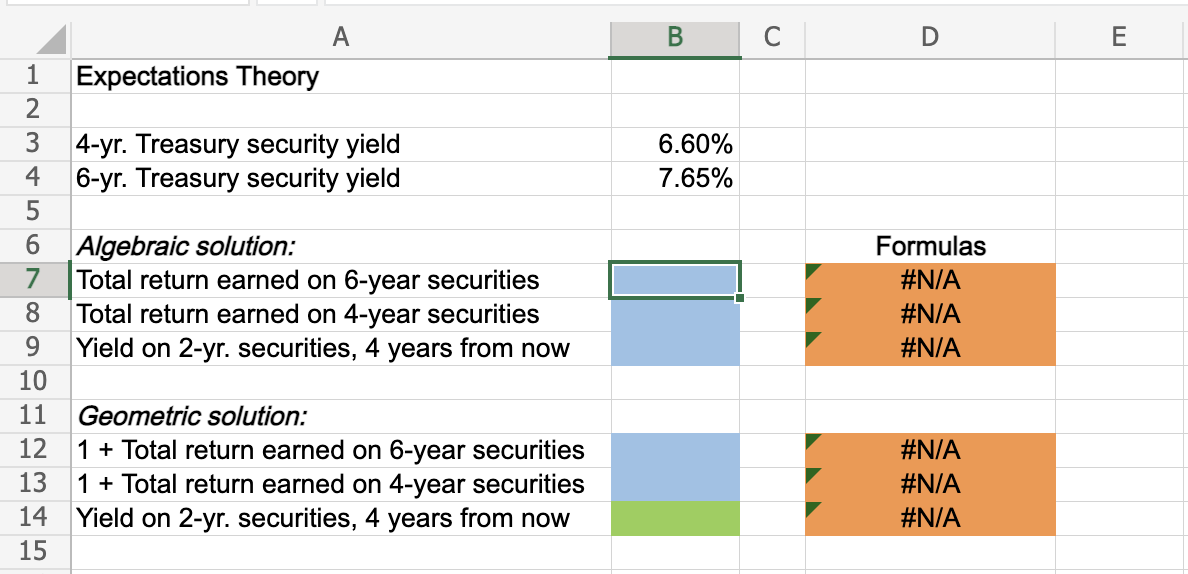



Solved Video Excel Online Structured Activity Expectat Chegg Com
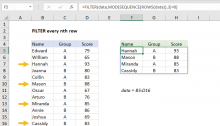



How To Use The Excel Sequence Function Exceljet



0 件のコメント:
コメントを投稿